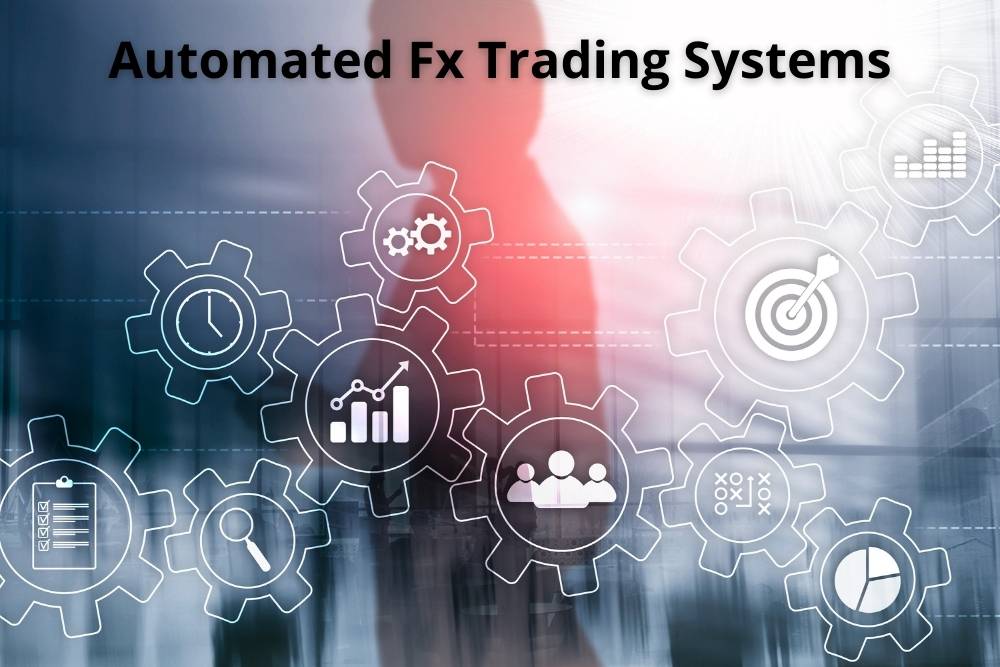The Pros And Cons Of The Automated Forex Trading System

Automated trading systems, also known as algorithmic trading, mechanical reading systems, system trading or automated trading, permits traders to set up particular guidelines for both trade entries and exits that, post programming, is automatically executable thru a computer. As a matter of fact, several platforms go on the record as to say that more than 70-80 per cent of shares traded on US stock exchanges come courtesy of automated trading systems. Thus, the Pros And Cons Of The Automated Forex Trading System are a fitting theme for attentive exploration.
Traders And investors can transform exact entry, exit, and money management guidelines into automated trading systems that permit computers to execute and monitor the trades. A major attraction of strategy automation is that it draws some of the emotion out of trading, considering trades are automatically placed after certain criteria are satisfied.
Trade entry and exit guidelines generally ask for the use of software linked to a direct access broker, and any particular policies must be written as the platform’s proprietary language. Obversely, specific platforms use their own scripts.
Setting up trading guidelines
A handful of automated trading platforms have strategy building ‘wizards’ that permit users to select from a list of technical indicators to build a set of guidelines that can then be automatically traded. A user could ascertain, for instance, that a long position trade will be entered post the 50 day moving average crossing above the 200 day moving average on a five-minute chart of a particular trading instrument.
A lot of traders, however, go for programming their custom indicators and strategies. They will frequently work in collaboration with the programmer toward system development. When the guidelines set up, the computer may monitor the markets to obtain info about buy/sell opportunities on the basis of the specifications of the trading strategies.
Automated forex trading systems: pros
Toning down emotions
Automated forex trading systems tone down emotions in the trading process. Holding emotions back, traders usually have a better go at keeping to their trading plan. Considering that trade orders are executed automatically after trade guidelines have been satisfied, traders are not in a position to doubt the situation. Besides helping traders become decisive, automated forex trading systems hold back those with the habit of overtrading.
Backtesting
Backtesting uses trading guidelines to historical market data to decide the feasibility of an idea. When fabricating a system for automated trading, all rules require it to be absolute, with no second opinions permitted. The computer has to be give clear instructions. Traders can test these rules on historical data prior to live trading. Cautious backtesting permits traders to assess and refine a trading idea, besides measuring the system’s ability to win or lose for each risk unit.
Holding on to discipline
Since trade guidelines are set up, and trade execution is carried out automatically, discipline remains even in instances of volatility. A trading plan is followed literally to the letter, thanks to automated forex trading systems. Moreover, pilot error is greatly reduced.
Bettering order entry speed
Considering that computers respond spontaneously to changing market conditions, automated forex trading systems yield orders as soon as trade criteria are satisfied. Entering and exiting a trade a few seconds earlier can bring about widely differing outcomes. Once a position is entered, all other orders are automatically yielded, counting protective stop losses and profit targets as well.
Trade diversification
Automated forex trading systems allow the trader to trade multiple accounts or several strategies simultaneously. This could spread risk over several instruments while setting up a hedge against losing positions. In addition, using extremely fast speeds, a computer may scan for trading opportunities across diverse markets, yielding orders and monitoring trades.
Automated forex trading systems: cons
Structural failures
Hypothetically, Automated forex trading systems should be easy as pie – install the software, program the guidelines, and observe the trade. However, automated trading, for all its sophistication, is still not failsafe. Frequently, after the connection is lost, an order might not be sent to the market at all. In addition, order entry platform component factors can give different outcomes than those obtained through theoretical trades.
Monitoring
It comes as a surprise to many that Automated forex trading systems do require monitoring. Unfortunately, tech stability is surprisingly fragile since it is vulnerable to connectivity problems, power losses, quirks and crashes. As a result, it is still possible for Automated forex trading systems to experience errant orders, duplicate orders, or missing orders.
Too much optimisation
Though not particular to Automated forex trading systems, traders using backtesting techniques may create systems that appear promising on paper but falling flat in a live market. There’s every possibility that tweaking a strategy could get you great results on historical data on which the testing. There’s no such thing as a 100% profitable trade or trade without a single drawdown. Tweaking parameters can take you only so far.
Conclusion
Automated forex trading systems are attractive for several good reasons. However, a carefully executed trade is still our ideal. Furthermore, there are a good number of riders, ‘ifs and buts’ attending forex trading systems. As such, server-based platforms may reduce structural and tech failures. And you will have to be much more than a novice to handle such trading.